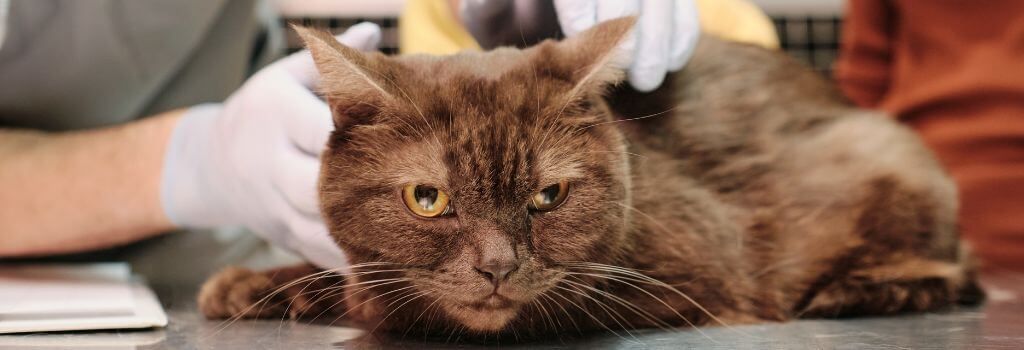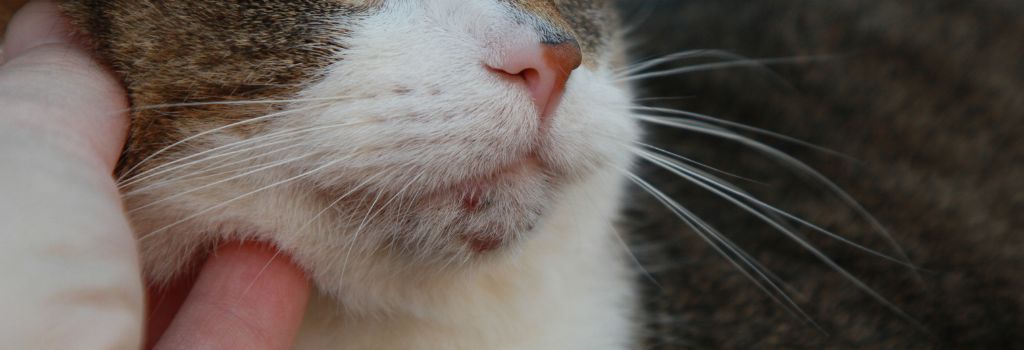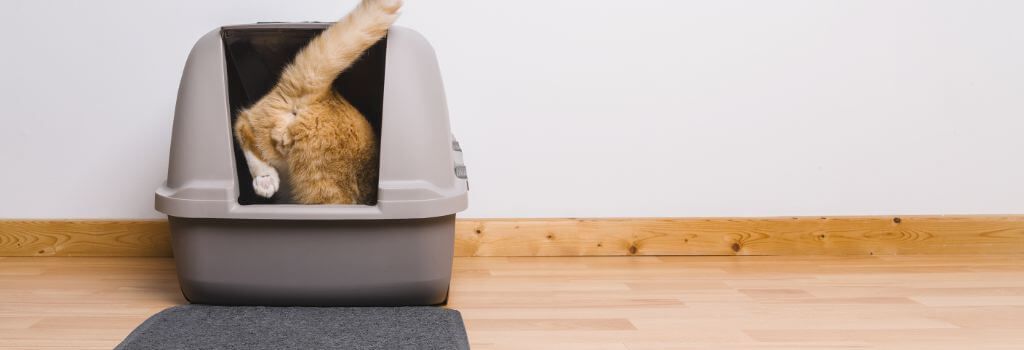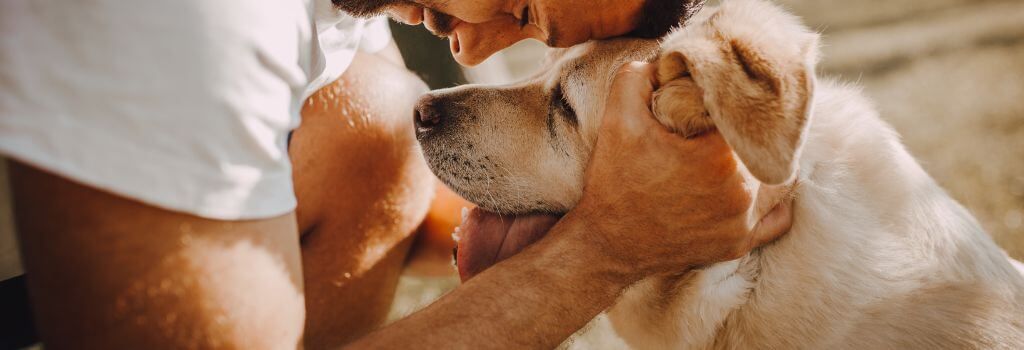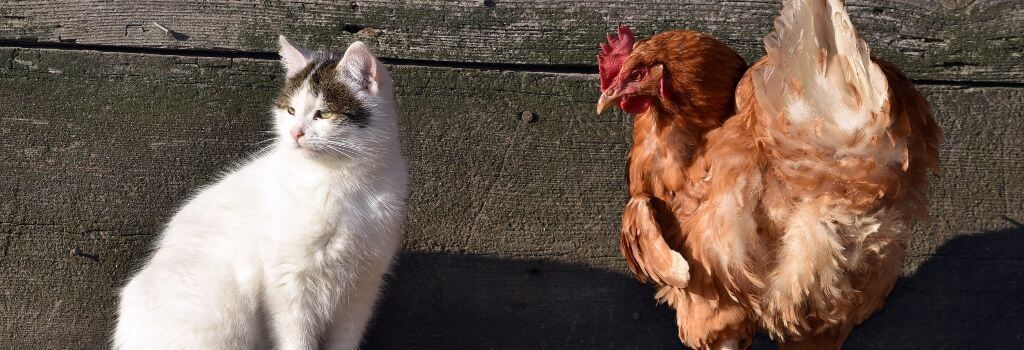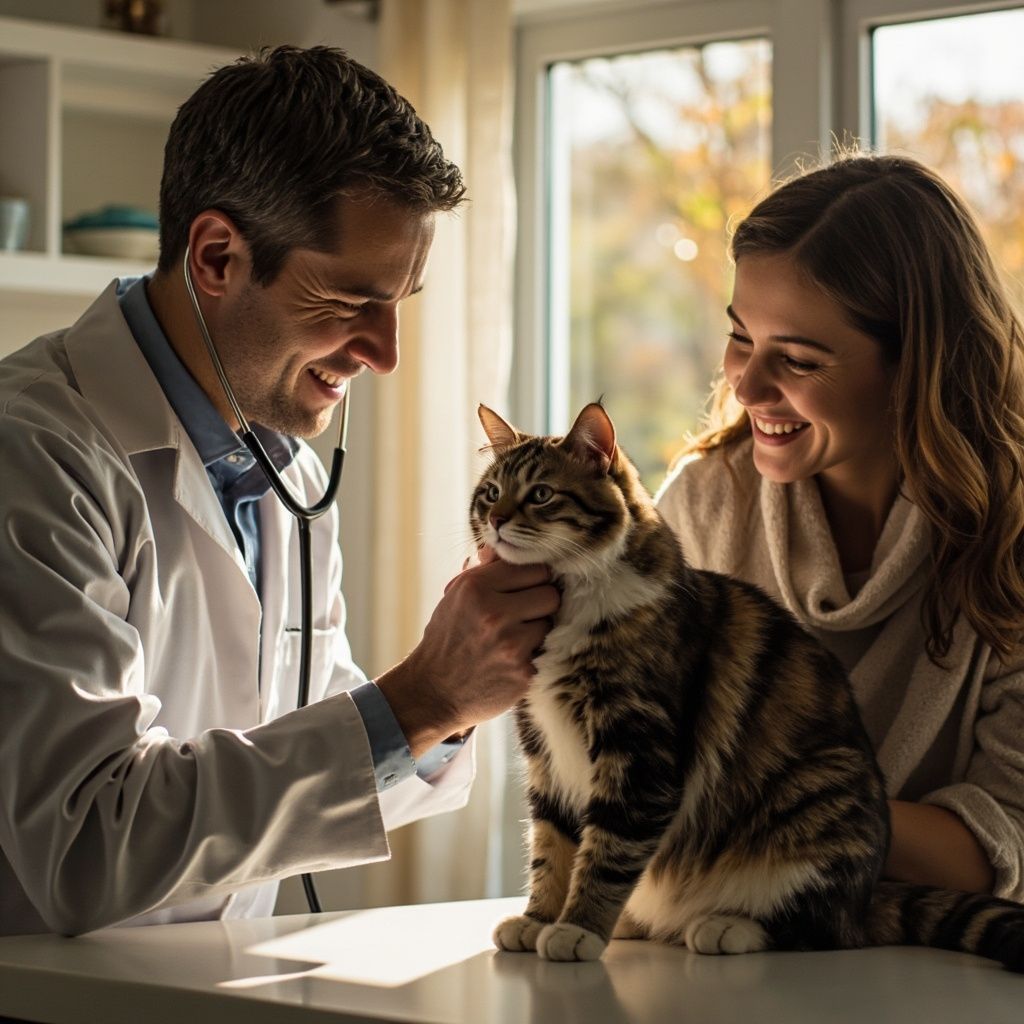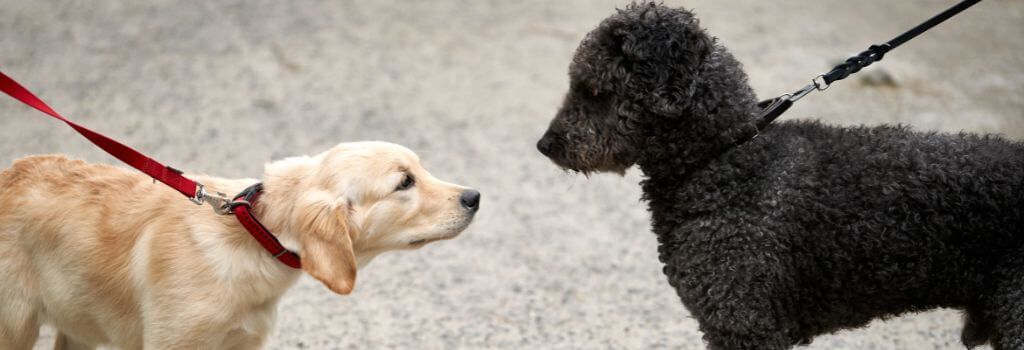7 Common (And Kinda Kooky) Cat Behaviors and What They Mean
There are very few dull moments when you share your home with a cat. From inhabiting boxes and knocking things off tables to perching as high as they can and the infamous “If I fits, I sits” behavior , cats sure are quirky beings. While all pets are amazing, cats are especially unique. And no matter how many feline family members you have, they each have their own personalities. Despite this, though, certain behaviors are universal in the world of cats. While they often mystify their human family members, these behaviors make sense to cats, and your feline friend engages in them for a reason.
Many cat owners – especially those new to cat parenthood – worry whether certain behaviors are a sign of an underlying problem. While it is always best to schedule a vet appointment right away when a furry family member behaves strangely, many of the most common cat behaviors are typical for them. As veterinarians, we are always happy to deliver the news that what might be construed as worrisome behavior is entirely normal. However, we would also like to help you avoid worry in the first place. That’s why we’ve put together this list of common cat behaviors and what they mean. Keep reading to find out whether your feline friend’s actions are to be expected or if they are cause for concern.

1. Lying on Things
If you share your home with a cat, you’ve undoubtedly noticed that they love lying on things. Your computer keyboard, the outfit you laid out for work, a random piece of paper… just about anything can seem like an excellent bed for a cat. There are several reasons for this behavior. It could be as simple as your cat wants to be near you. They also love small spaces, so curling up in a tiny basket just makes sense in the mind of a cat. When your feline friend insists on lying on your computer keyboard while you’re trying to work, the book you’re reading, or anything else that you are using, it could be their way of saying they want your attention.
2. Slow Blinking
You may have witnessed your cat gazing at you from across the room then seemingly blinking in slow motion. Believe it or not, this is one of the highest honors you can receive from your feline friend. Slow blinking is a sign of affection and a cat’s way of saying they feel comfortable and content in your presence. As Hill's Pet notes, it's essentially the "butterfly kiss" of the cat world. The best part about this behavior is that you can return the gesture and let your cat know that you feel the same way.
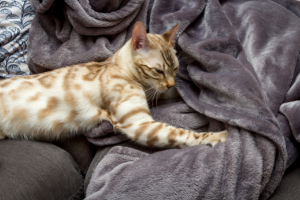
3. Kneading
Also commonly and lovingly referred to as “making biscuits,” kittens learn the kneading motion when they are very young. They engage in this activity while nursing to stimulate the production of milk, and many cats continue this behavior as adults. It is thought to be a calming, comforting action, and it is completely normal (and, let’s be honest - adorable).
4. Lying Belly Up
If your cat loves sprawling out on the floor belly-up, they feel comfortable and relaxed. Lying with their legs spread out and their belly exposed makes cats vulnerable, so they do not assume this position when feeling threatened or insecure. When your cat flops over in front of you and shows their belly, it is their way of saying they trust you. They might be asking for some belly rubs, too, but proceed with caution. As you probably know, cats can be sneaky, and not all cats love belly rubs despite taking this posture.
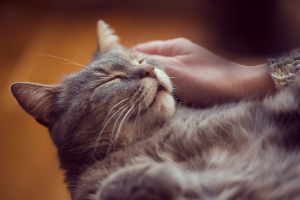
5. Purring
Purring is one of the most intriguing feline behaviors. From housecats to cougars, many smaller members of the feline family purr. While the sound is most often thought of as a sign of contentment, that is not always the case. Cats purr for several reasons, so you should never assume that a purring cat is a happy cat. Because it is soothing and triggers the release of pain-relieving endorphins, your furry friend might purr when they are sick, hurt, or stressed. Usually, purring is a good thing. But if you have any reason to suspect that your pet could be in distress, call us right away.
6. Not Covering Their Poop
Cats are naturally inclined to cover up what they leave behind in the litter box. If your feline friend has stopped covering, they are trying to tell you something.
Some of the reasons that your cat may not be covering their poop are:
- If you recently brought home a new cat or have a stray hanging around outside, your cat might not bury their feces as a way of declaring their territory
- Your cat may also stop covering if they do not like how the litter feels or if the box isn’t clean enough
- Pain while using the litter box could be to blame
If you cannot determine the cause of this behavior, schedule a vet appointment to rule out medical issues.
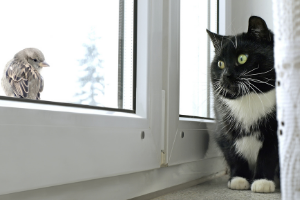
7. Chattering
If you have ever observed your cat watching birds or small critters, like chipmunks or squirrels, through the window, you have probably heard them making a bizarre chattering sound. Many experts think that cats make this sound as a sign of frustration when they know they cannot get to their prey. Others, however, believe it is merely a sign of excitement. In any case, those adorable sounds your cat makes while birdwatching or keeping a close eye on the neighborhood squirrels are not anything to worry about.
Closing Thoughts
Cats are curious creatures. And sometimes, their actions leave their owners feeling pretty perplexed. The good news is that many seemingly strange behaviors are typical in the feline world. Remember, though, that any sudden changes in behavior warrant further investigation. Additionally, things like unexplained aggression, refusal to eat or drink, or litter box avoidance often occur due to medical problems.
If your feline family member is exhibiting new or problematic behaviors, call us to schedule an appointment. It is always best to err on the side of caution when it comes to your beloved companion’s health and wellbeing.
Recent Posts

